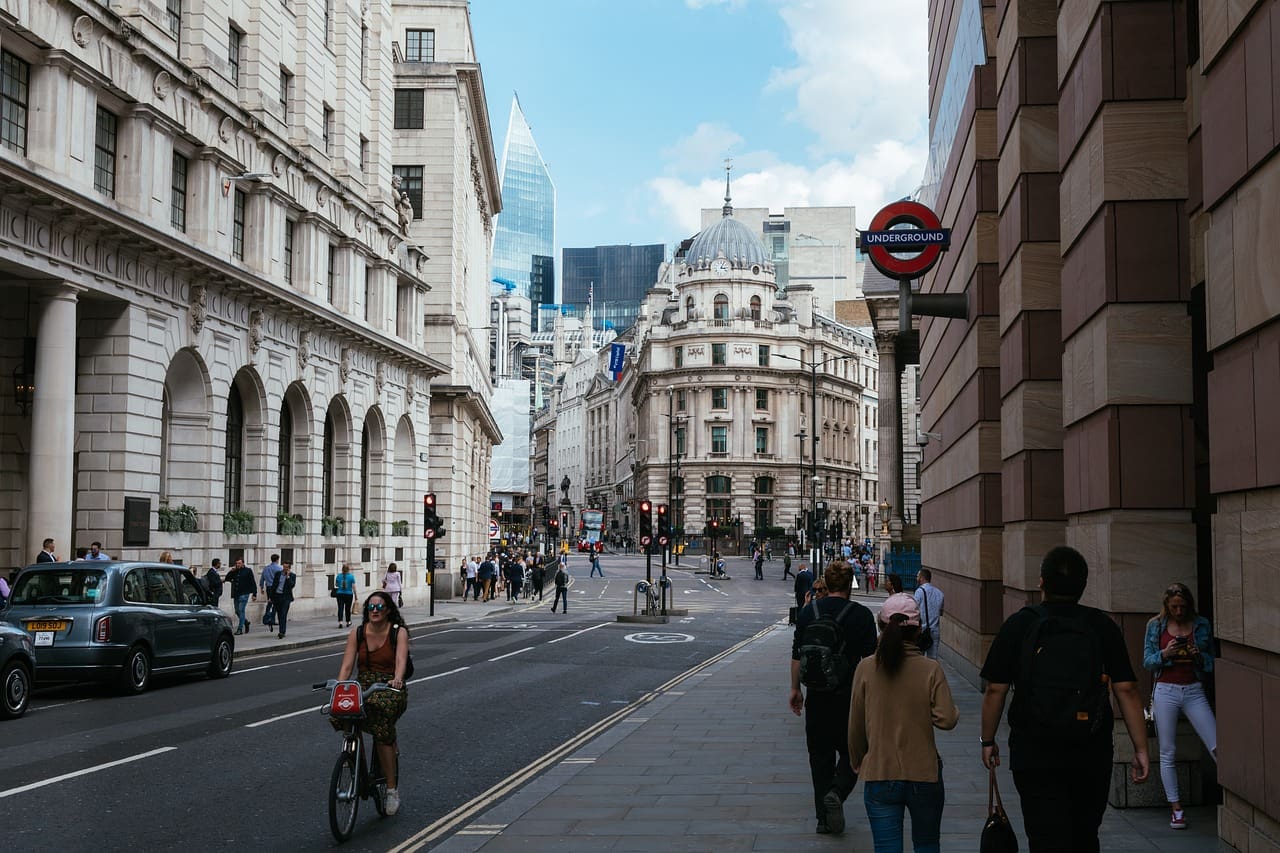- Shop All Documents + Bundles
- FORS V7.1 Document Bundle | Bronze (15 Policies)
- Transport Manager Compliance Pack (10 Policies)
- Transport Manager Compliance Pack (6 Policies)
- Health & Safety Policy Template
- Fuel, Emissions And Air Policy Template
- Operational Security Policy Template
- Serviceability And Roadworthiness Policy Template
- Road Traffic Collision Policy Template
- Counter Terrorism Policy Template
- Load Safety Policy Template
- Vehicle Routing And Scheduling Policy Template
- Driving Standards Policy Template
- Driving Hours Policy Template
- In Cab Technology Policy Template
- Passenger Safety Policy Template
- Complaints And Grievances Policy Template
- Drug And Alcohol Management Policy Template
- Hazard And Risk Identification Policy Template
- VOR (Vehicle Off Road) Policy Template
- Tyre + Wheel Policy Template
- Health & Eyesight Policy Template
- Transport Infringement Policy Template
- Walk Around Check (Defect Check) Tool Box Talk Template
- Transport Manager CV Template
- Social Media Policy Template
- Transport Manager Contract Template
- External Transport Manager Contract Template
- Driver Handbook
Direct Vision Standard (DVS) changes in 2024 – What do you need to know?

Direct Vision Standard (DVS) changes in 2024 – What do you need to know?
Since its launch in March 2021, Transport for London (TFL) has embarked upon its strategy to eliminate all deaths and serious injuries on London’s transport network by 2041.
The strategy sets out a mandate that a number of safety devices are fitted to all trucks over 12 tonnes gross vehicle weight if they are entering the nations capital. The DVS system measures how much an HGV driver can see through their cab windows. his is then expressed as a star rating from zero (limited) to five (good). The level indicates the risk to vulnerable road users such as cyclists.
Until 27 October 2024, the minimum DVS rating to operate in London is one star; this will increase to three stars from 28 October 2024 or fit the Progressive Safe System to operate in Greater London. Installing the Progressive Safe System does not change the vehicle’s star rating but increases the overall safety of the vehicle.
Progressive system
The PSS is a set of vehicle safety measures, fitted after or at the point of manufacture, which are designed to reduce the risks that HGVs present to vulnerable road users. To ensure consistency, the PSS is aligned to other scheme requirements. The requirements for the 2024 DVS standards are as follows:
1. A fully operational camera monitoring system must be fitted to the nearside of the vehicle, to completely eliminate the remaining blind spot at the nearside
2. Class V and VI mirrors, or a camera monitoring system that replaces the mirrors, or a combination of both, must be fitted to the front and nearside of the vehicle. These should be fitted in compliance with UNECE Regulation 46
3. A blind spot information system, with active sensors that gives adequate warning to the driver of the presence of a vulnerable road user, must be fitted to the nearside of the vehicle in accordance with the technical specifications for the PSS. A vehicle that demonstrably complies with UNECE Regulation 151 will meet this requirement
4. A moving off information system must be fitted to the front of the vehicle to warn the driver of the presence of a vulnerable road user, in accordance with the technical specifications for the PSS. A vehicle that demonstrably complies with UNECE Regulation 159 will meet this requirement
5. Side under-run protection must be fitted to both sides of the vehicle, except where this is demonstrably impractical. This equipment must be fitted in compliance with UNECE Regulation 73 on lateral protection devices
6. An audible vehicle manoeuvring warning must be fitted to provide an adequate audible warning to vulnerable road users when a vehicle is turning left 1. Camera monitoring system fitted to the vehicle’s nearside 2. Class V and VI mirrors
7. External pictorial stickers and markings must be displayed on vehicles to provide adequate visual warning to vulnerable road users of the hazards present around the vehicle
You can apply for a grace period if you think you will need more time to install the new safety measures required as part of the Progressive Safe System. If your application is successful, you will have additional time to install the Progressive Safe System and obtain an HGV safety permit.
The grace period is currently expected to run for three months from 28 October 2024 to 31 January 2025. We will keep the three-month grace period under review and will confirm in July 2024 with our partners at London Councils whether any extension to the grace period is needed.
For more information on the DVS system see Direct Vision Standard and HGV Safety Permit Scheme – Transport for London (tfl.gov.uk)
